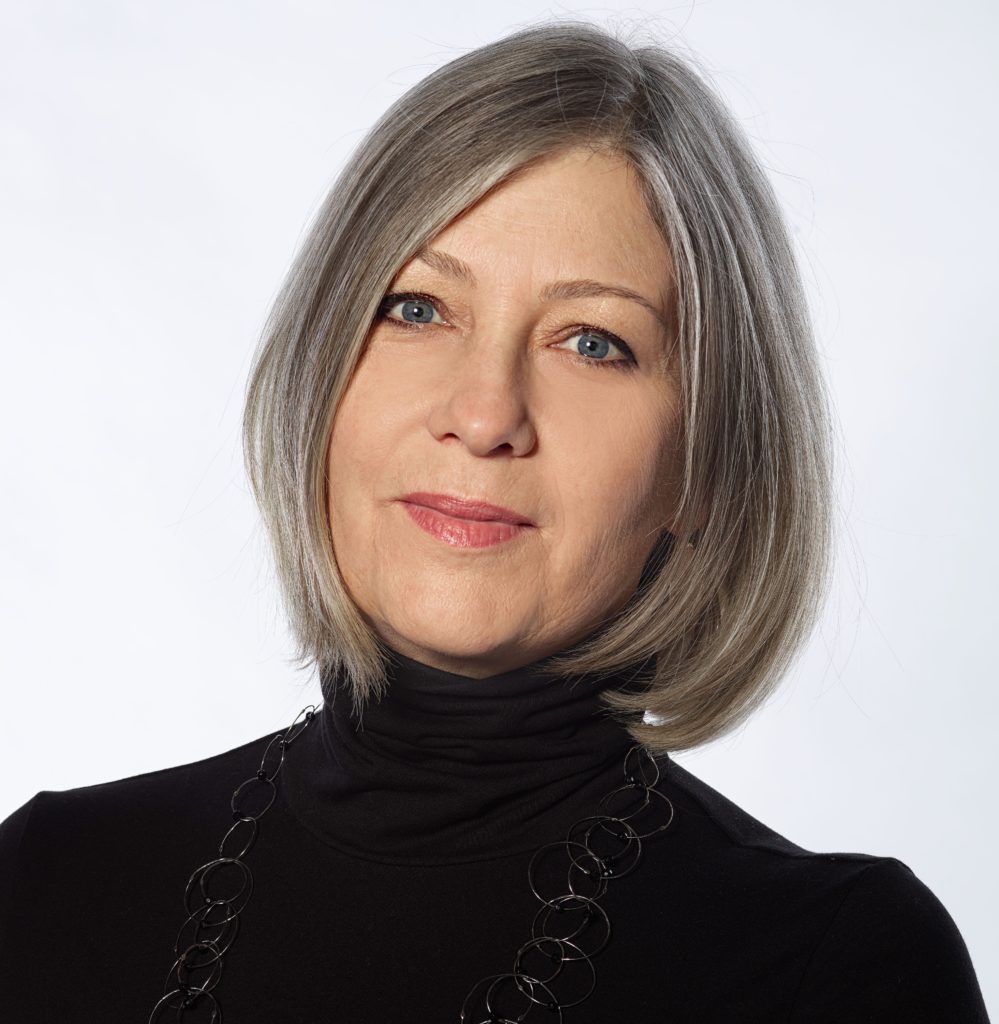Women Leaders: Anthea Hartig, National Museum of American History
By • April 28, 2022 0 1193

ANTHEA HARTIG, ELIZABETH MACMILLAN DIRECTOR OF THE SMITHSONIAN’S NATIONAL MUSEUM OF AMERICAN HISTORY
Our spring arts preview featured 20 women cultural leaders in Washington, D.C. We wanted to amplify their voices in our online newsletters, spotlighting each of them individually. Our Thursday April 28 newsletter features Anthea Hartig, Elizabeth MacMillan Director of the Smithsonian National Museum of American History.
THE GEORGETOWNER: D.C. should have a “spring awakening” of sorts after two long years of Covid. What are you most looking forward to for your institution this season?
ANTHEA HARTIG: We are excited to see our visitation steadily approach our pre-pandemic levels. It’s gratifying to see so many people from around the country and around the world back in our building, especially with so many new and exciting offerings on the horizon. This summer, we’re honored to be hosting “¡Presente! A Latino History of the United States,” the inaugural exhibition of the emergent National Museum of the American Latino. It will be located in the new Molina Family Gallery on the first floor of the National Museum of American History. Later in the year, we’ll be opening “Entertainment Nation/ Nacíon del Espectaculo” a fabulous new exhibition that will showcase our unparalleled theater, music, sports, movie and television collections, and will look at how entertainment has both shaped and provided a forum for important national conversations.
GEORGETOWNER: What led you to become a leader in your organization? Tell us a bit about your career trajectory and inspirations along the way.
AH: James Baldwin wrote that “American history is longer, larger, more various, more beautiful, and more terrible than anything anyone has ever said about it.” I have dedicated my career to sharing the passion that I have for the study of this wondrous and difficult history with others, in my previous work with the National Trust for Historic Preservation and then leading the California Historical Society. I just celebrated my third anniversary leading the National Museum of American History, and it remains the great honor of my life to be leading the world’s most visited history museum. We have a tremendous platform, and are committed to using it to help shape a more compassionate future.
GEORGETOWNER: What are the biggest challenges for your organization?
AH: We have set an ambitious goal for ourselves: to become the most accessible, inclusive, relevant, and sustainable public history institution in the country. We want our visitor demographics to match the makeup of the country by 2030. These are not small goals and they won’t be achieved overnight. We are also—like everyone else—still working in a global pandemic, with the ever-present impact of ongoing racial and climate crises. We are in the middle of an enormous shift in how and where we work, and we can’t underestimate the psychological impact of such a massive change to our everyday lives. Of course, history itself is currently being used as a wedge in a divisive culture war in and out of schools across the country, so we are facing many challenges. Thankfully, I have an amazing and creative staff and in partnership with our colleagues across the Smithsonian, we feel we can play a part in helping the country move forward. Because while we are a history museum, we’re actually concerned with the present and the future. As we approach the 250th birthday of the United States in 2026, we’ll be helping lead the conversation not only about where we’ve been, but where we go from here. What kind of nation will we be? What are we continuing to build together? Of course we will continue to focus on our role as steward of the nation’s collections, which we hold in trust for the people of the United States.
GEORGETOWNER: How do you feel being among the first women to lead an arts institution?
AH: I’m proud to be the first female director of the National Museum of American History and to be one of a number of women making change across the landscape of the public humanities. The Smithsonian is home to so many impressive women who are shaping this Institution for the future … as well as countless other arts and culture organizations. It’s fantastic to be a part of this group of leaders, and you can see the impact as the field works towards true equity, diversity, and inclusion. I know we’re also all excited for the next generation of leaders, who won’t need to be firsts!
GEORGETOWNER: What are you most proud of accomplishing while serving in your position?
AH: Despite the tumultuous past few years we have managed to push our museum forward, to tackle difficult topics and find ways to bring people together. We’ve been on the ground collecting the history of the past few years as its been happening, and working with communities across the country to ensure that our exhibits and collections reflect the full richness of the United States. We are on our way to building a more accessible, inclusive, relevant and sustainable National Museum of American History, and I’m so happy to be a part of the change.
For more information on the Smithsonian’s National Museum of American History go here.

